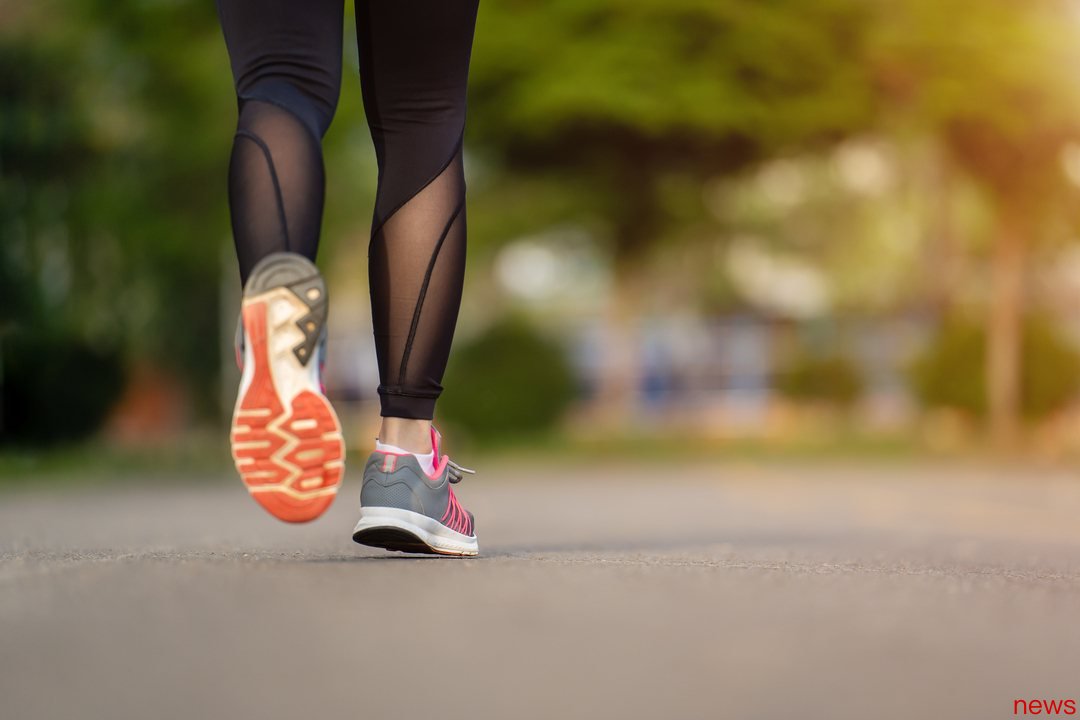
A new walking technique will make people more energetic when walking. This "Interval walking training, IWT" refers to walking for three minutes slowly, then walking for three minutes quickly, and then going back to walking for three minutes slowly. Researchers said that brisk strides and swaying your arms to move your upper body are the keys to achieve the best training results.
More and more evidence shows that this simple adjustment of daily walking reduces the risk of early death and illness than running on a jogger.
{Increases the heartbeat rate, even a short surge, can improve blood flow, send oxygen and nutrients to various parts of the body, triggering the release of "well-feeling" brain phins, strengthening the heart, burning calories, and enhancing cognitive abilities.
Because it is lower in the body than in jogging and climbing stairs, it will cause less damage to the joints, hips and knees. It is a safe choice that can be made every day for older people, weaker bodies or just starting to move.
IWT was developed by the Shinshu University team of Matsumoto, Japan in 2017. The study showed that when a five-month IWT was carried out, the overall physical energy of the subjects increased by 10% on average, and the long-term benefits include a decrease in blood pressure and an increase in aerobic elimination capacity by 10 to 15%, which is equivalent to the reverse conversion of cardiovascular age for about 10 years.
Compared with high-strength activities such as running, walking can gently strengthen the heart, increase lung capacity, improve New Celestial and other chronic disease indicators, while IWT can enhance the benefits of walking.
Its goal is to do it at least four times a week, five sets each time; the entire set of sports including heat and cold can take about 24 minutes. Researchers said that if you don’t breathe slightly, it means you’re exercising too easily; but if you breathe heavily, it means it’s too intense and you should slow down. In addition, avoid distraction, and clench your fists and keep your body straight. Hiroshi Nose, co-creator of IWT, pointed out that most elderly people's sports plans are difficult to hold on for a long time; although gym jogging machines and stationary pedals are effective ways of running and can track personal records, these movements may be expensive and difficult to hold on.
Shinshu University and the Jukunen Taiikudaigaku Research Center of Matsumoto jointly published the study in 2017, targeting more than 6,400 middle-aged and elderly people from Japan, the United States and Denmark, including healthy people and people with diseases such as hypertension and diabetes.
Five months later, the physical energy of the subjects increased by 10% on average. Over the long term, their blood pressure is reduced, their aerobic capacity increases by 10 to 15%, and their muscles become stronger, which reduces fall risks and improves mobility.